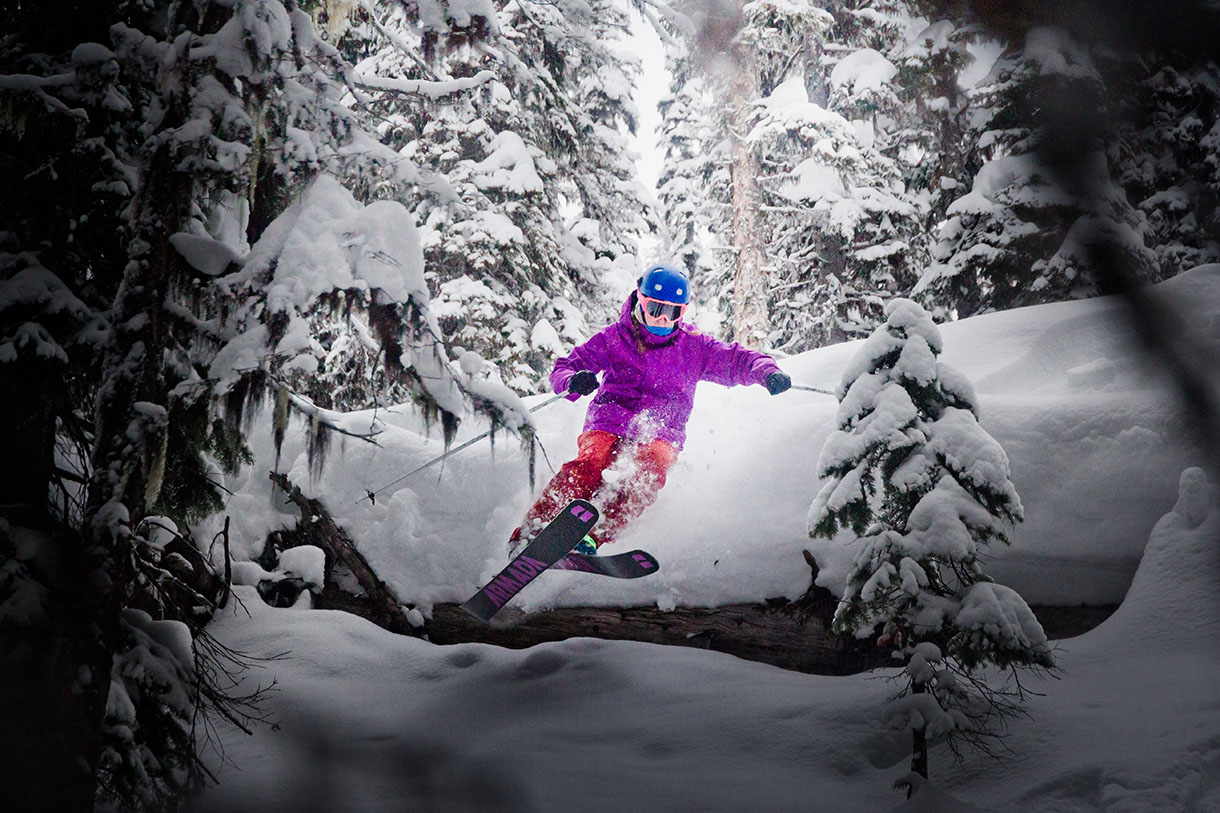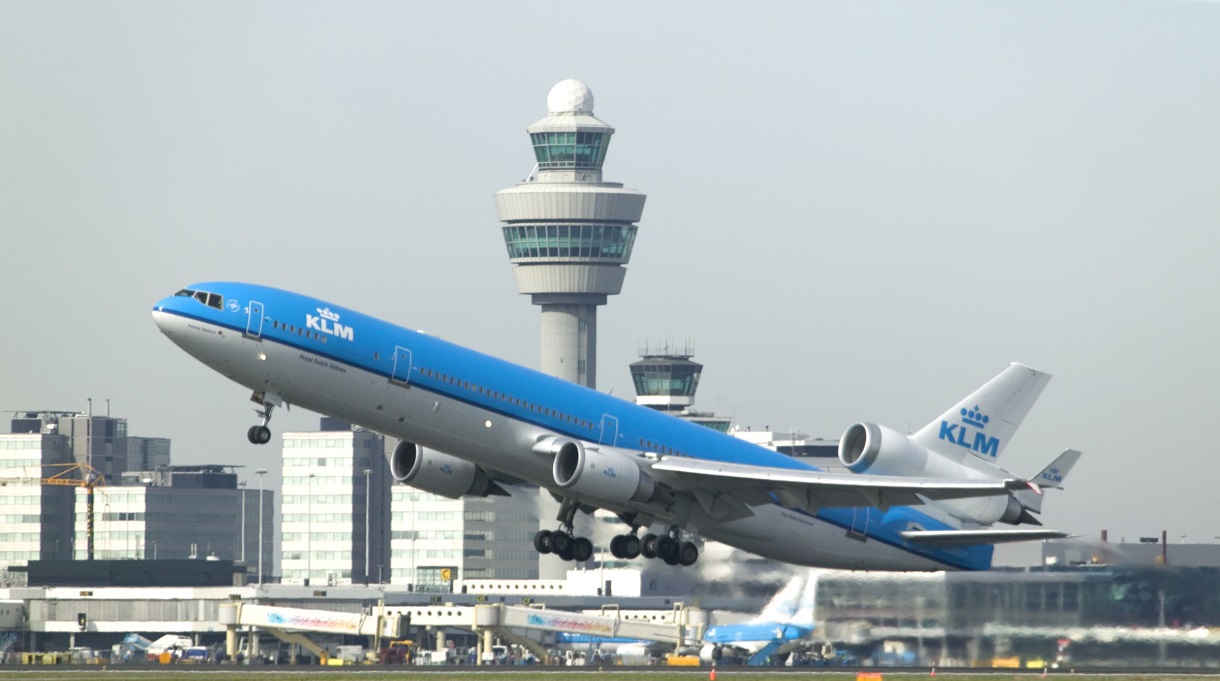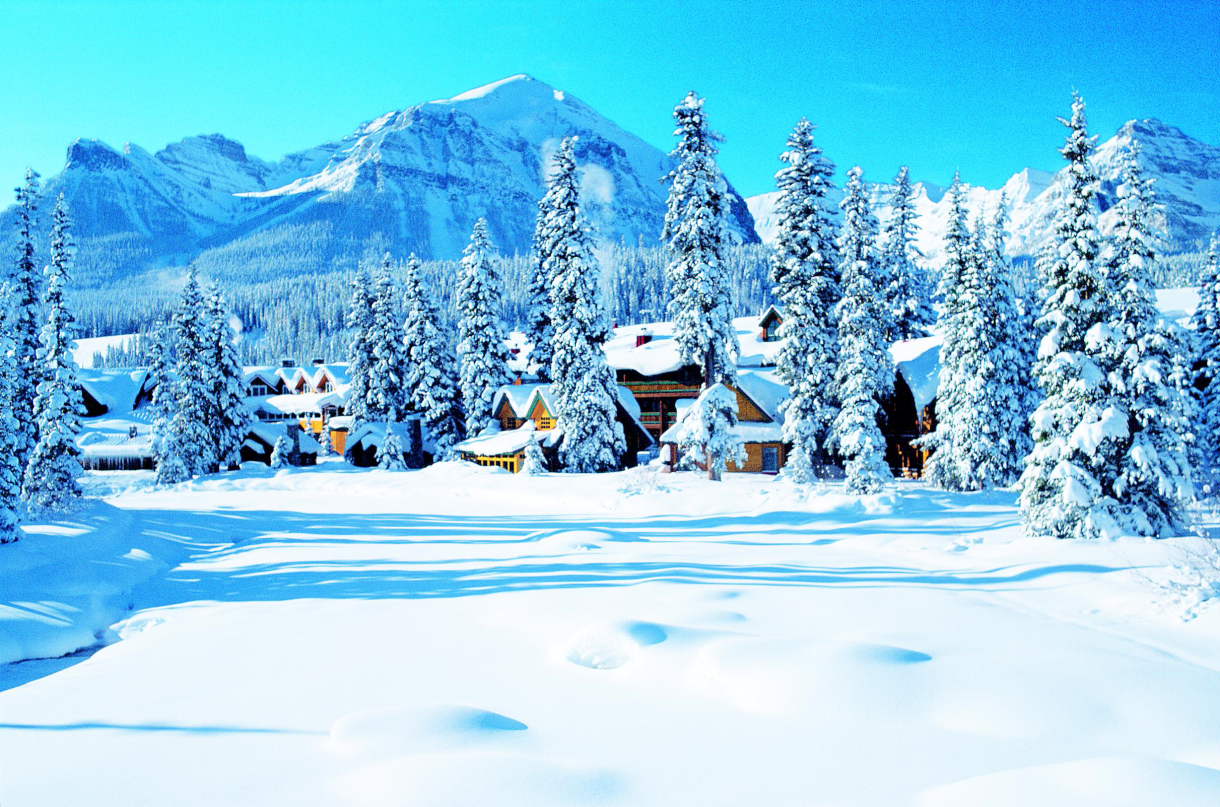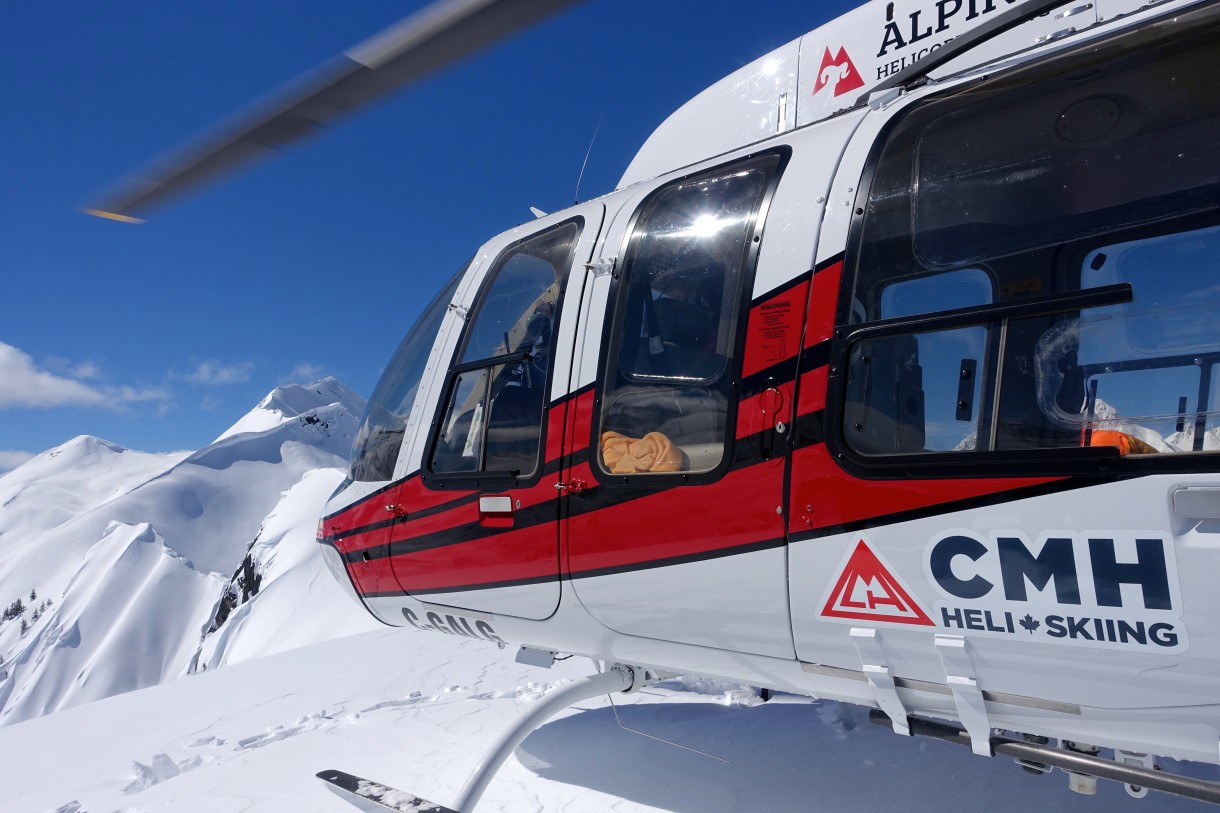
10 Tips for the Ultimate Tree Skiing
Tree skiing is the biggest thing for experienced freeriders in Canada and the USA. The natural slalom through deep snow-covered forests is a lot of fun. If you know how to do it. SKI KANADA presents the 10 ultimate tips for tree skiing.
In North America, you are allowed to ski anywhere through the woods within the secured ski area. Many areas are even specially prepared for tree skiing in summer by thinning out thick brush and very narrow trees. This is what the North Americans call gladed terrain. With cat skiing and heliskiing, tree skiing is also much more than just a bad weather program for experienced boarders and skiers. Known how, the natural slalom through the trees at Tree Skiing is terrific.
Treeskiing in Canada: ten ultimate tips
The 10 ultimate tips for fun and safety when tree skiing in Canada
- Get out of your ski pole straps.
It’s easy to get your pole caught in the woods. If your hands are fixed in the loops, your shoulder can quickly get bruised. - Never without ski goggles.
Always protect your eyes with ski goggles. If the normal glasses are too dark in the forest, take a second pair of glasses with you or use ones with interchangeable lenses or ones that adjust to the brightness. Even small branches can cause great injury to the eyes. - Never ride alone.
Always ride with a partner in the woods and watch out for each other and don’t get too far apart. The forest swallows almost all sounds. After only 20 yards, calls are barely audible. Keep yodeling or calling while driving so they don’t lose their partner „“out of earshot.““ A whistle will help in the search and of course a cell phone if you have signal. - Stay away from Tree Wells and Tree Bombs.
Around large trees, funnels form throughout the season – known as Tree Wells. In the spring, snow is often several feet deep at high elevations, and the funnels can then be several feet deep. If you have fallen in, keep calm. Hold on to the trunk or branches, move as little as possible, otherwise you will slide deeper and deeper into the loose snow! Call your partner for help. If they have a radio with them, use that. Your partner and the guides at Cat or Heliskiing will help you and pull you out with a rope if necessary. Tree Wells are not to be trifled with, nor are Tree Bombs. This is what the Americans call the snowballs at the top of the trees, which often weigh hundreds of kilos. When the wind blows, they fall like bombs.
What you may not have known about tree skiing yet
- Speed is your friend.
Don’t ski too fast in the forest, but don’t ski too slow either. Then the tight turns in dense forests will be easier for you. - Don’t look at the trees.
If you look at the trunk, you’re driving against it. Always target the gaps and watch out for shallow obstacles – especially when there is not yet so much snow, tree stumps or fallen logs can be in the way. - Avoid other tracks.
Ski your own line in powder snow. Tracks tempt you to follow them. Paradoxically, however, riding in them is harder than in untouched snow. Powder snow slows down much better with each turn, and in old tracks the ride becomes faster and more uncontrolled. - Fall line, fall line, fall line.
Don’t zigzag – it’s too tiring! Traverse calmly until you find a nice piece in front of you. Then tackle it consistently in the fall line, don’t lean too much on the obstacles, stay in your rhythm, and exhale on every turn. If the woods get too thick, stop and traverse until you find another clean piece. - No recklessness!
There are no avalanches in the forest? That is a dangerous fairy tale. Safety First also applies in the forest! - Have fun!
In the forest, even days after the last fresh snow, the snow is usually still wonderfully powdery. Enjoy the dream snow, the perfect visibility even in snowfall or fog and the unique nature experience: ski with all your senses, concentrated but not cramped and take a break to enjoy the silence in the winter forest.
Where is the best place to experience Tree Skiing in Canada?
The best Tree Skiing areas in Canada can be found here:
Bearpaw Heliskiing
Chatter Creek Catskiing
CMH Monashees
CMH Galena
CMH Revelstoke
CMH K2 Rotor Lodge
Mike Wiegele Helicopter Skiing
Revelstoke Mountain Resort
Selkirk Tangiers Heliskiing
News
[qodef_blog_list type=“masonry“ number_of_columns=“one“ space_between_items=“small“ orderby=“date“ order=“DESC“ image_size=“custom“ post_info_author=“no“ post_info_date=“no“ post_info_category=“no“ number_of_posts=“2″ category=“news“ custom_image_width=“316″ custom_image_height=“178″]Partner
News
[qodef_blog_list type=“masonry“ number_of_columns=“one“ space_between_items=“small“ orderby=“date“ order=“DESC“ image_size=“custom“ post_info_section=“no“ number_of_posts=“2″ category=“news“ custom_image_width=“316″ custom_image_height=“178″]Partner
Leave a Comment
Du musst angemeldet sein, um einen Kommentar abzugeben.




